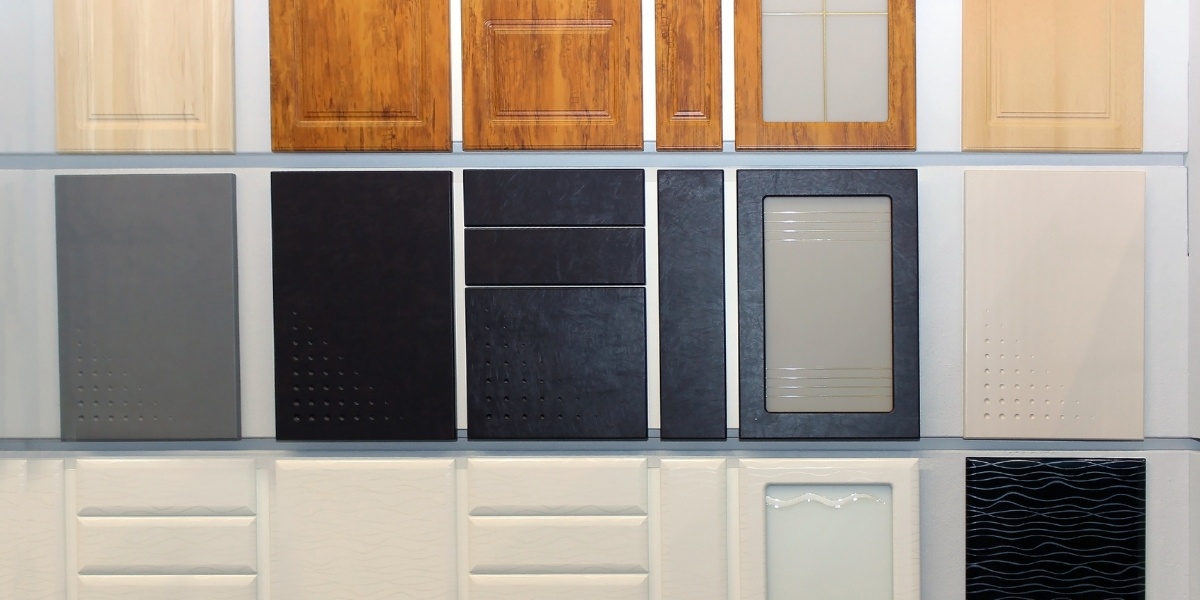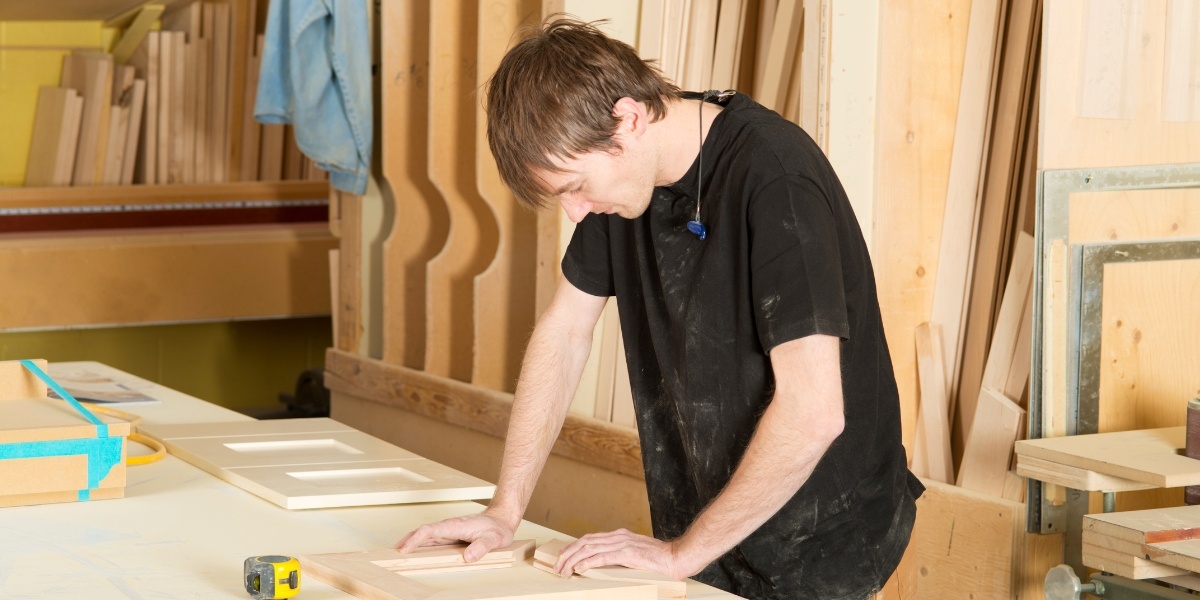
In interior design and home improvement, few elements are as crucial as cabinetry. Whether it is the kitchen or bathroom, cabinets not only provide storage solutions but also significantly impact the overall aesthetic appeal of a space. The cabinetry industry is a dynamic and ever-evolving sector, influenced by changing trends and shifting consumer preferences. In this blog post, we will delve into the intricacies of the cabinetry market, exploring the current landscape, emerging trends, and prospects.
The cabinetry market encompasses a wide range of products, including kitchen cabinets, bathroom vanities, storage units, and custom furniture pieces. It caters to both residential and commercial sectors, with demand driven by new construction projects, home renovations, and commercial developments. In recent years, the market has experienced steady growth, fuelled by factors such as rising disposable incomes, increasing urbanization, and a growing focus on interior design aesthetics.

Key Players and Competition
The cabinetry industry is competitive, characterized by several manufacturers vying for market share. A few key players in the market include companies like Masco Corporation, Masterbrand Cabinets, American Woodmark Corporation, and Elkay Manufacturing Company. Additionally, there is a plethora of smaller, niche players specializing in custom cabinetry, eco-friendly materials, or innovative design concepts.
The kitchen cabinet market is estimated to reach 75 billion USD in 2024 from 71 billion in 2023.
Emerging Trends Shaping the Industry
◾ Sustainability – With growing environmental concerns, there’s a rising demand for sustainable cabinetry options made from eco-friendly materials such as bamboo, reclaimed wood, or recycled materials. Manufacturers are increasingly adopting green practices and offering products certified by organizations like the Forest Stewardship Council (FSC).
◾ Advanced Features – Technology is revolutionizing the cabinetry industry with the advent of advanced features such as hands-free operation, integrated lighting, and built-in charging ports. Cabinets equipped with these features are gaining popularity for their convenience and functionality, catering to modern homeowners’ desire for seamless integration of technology into their living spaces.
◾ Customization and Personalization – Today’s consumers crave uniqueness and individuality in their home décor. As a result, there is a growing demand for customizable cabinetry solutions that allow homeowners to tailor design elements, finishes, and hardware to suit their specific preferences and lifestyle requirements. Paints, coatings, and various finishes are a common way to add a personal touch to cabinetry units. They are used by various cabinet manufacturers and are often applied with spray guns.
◾ Challenges Facing the Industry – Despite its growth potential, the cabinetry industry faces several challenges that warrant attention:
◾ Supply Chain Disruptions – The industry is vulnerable to supply chain disruptions caused by factors such as raw material shortages and transportation delays. Manufacturers must implement robust supply chain management strategies to mitigate risks and ensure timely delivery of products.
◾ Labor Shortages – Skilled labor shortages pose a significant challenge for cabinetry manufacturers, particularly in woodworking and craftsmanship roles. Recruiting and retaining skilled workers is essential to maintain production quality and meet customer demand effectively. Pricing Pressures – Intense competition and fluctuating raw material costs exert downward pressure on pricing, squeezing profit margins for manufacturers and retailers alike. Companies must strike a balance between cost efficiency and product quality to remain competitive in the market.
◾ Solvent Costs – Cabinet manufacturers typically need to clean their guns with solvents like thinners to help remove any remaining paints or coatings from the lines. Solvents can be expensive, and these costs can add up over time. One way cabinet manufacturers can save costs is through using solvent recovery equipment. Maratek offers solvent recovery units that can recover and recycle a wide variety of different solvents returning these chemicals to a reusable state. Saving cabinet manufacturers cost on buying virgin solvents as well as minimizing their ongoing disposal costs.
Outlook
The cabinetry industry is a vibrant and dynamic sector at the intersection of design, craftsmanship, and technology. Looking ahead, the cabinetry industry is poised for continued growth and innovation, driven by evolving consumer preferences and design advancements. Key trends to watch include the increase of the importance of sustainability, technological cabinetry solutions, the rise of customization and personalization options, as well as ongoing efforts to streamline production processes and enhance efficiency.

As a cabinet manufacturer it is important to consider ways to be more sustainable and preserve the environment. Manufacturers that are certified by the FSC and use methods like solvent recovery are working towards creating a more sustainable future. Using systems like Maratek’s solvent recovery units is an excellent way to save costs on virgin solvent processing and minimize your environmental impact.
By embracing emerging trends, addressing industry challenges, and focusing on delivering quality products and services, the cabinetry industry can thrive in an ever-evolving marketplace.
Contact Maratek today to learn more.
- SEO Powered Content & PR Distribution. Get Amplified Today.
- PlatoData.Network Vertical Generative Ai. Empower Yourself. Access Here.
- PlatoAiStream. Web3 Intelligence. Knowledge Amplified. Access Here.
- PlatoESG. Carbon, CleanTech, Energy, Environment, Solar, Waste Management. Access Here.
- PlatoHealth. Biotech and Clinical Trials Intelligence. Access Here.
- Source: https://www.maratek.com/blog/navigating-the-cabinetry-industry

